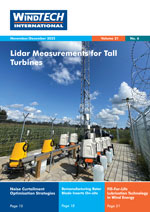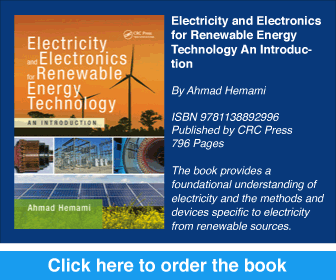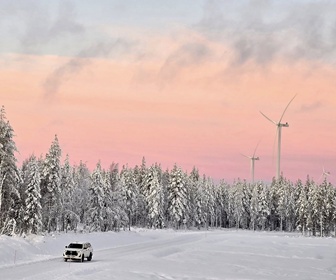- Category: Articles
Enhancing Efficiency and Sustainability Through Digital Innovation
With advancements in digitalisation and computational power, data-driven design unlocks new possibilities for optimising wind turbine foundations. Traditional design methods rely on predefined specifications and limited iterations, often leading to conservative and suboptimal solutions. These methods take time for adjustments and can lead to increased material use and costs.
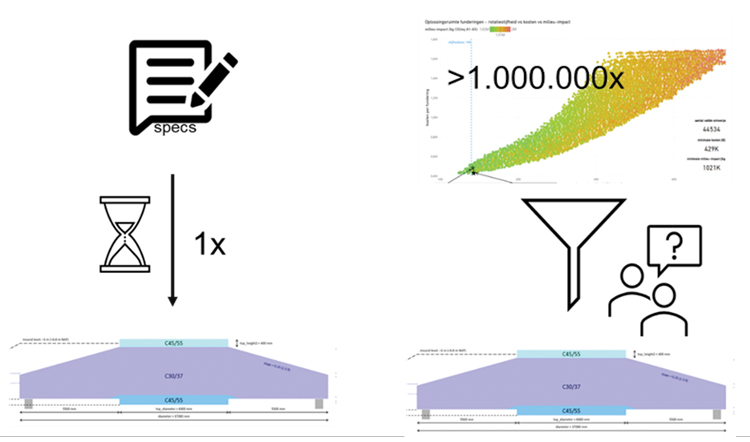
By Chris van der Ploeg, Digital Innovation Lead, Windbase, the Netherlands
- Category: Articles
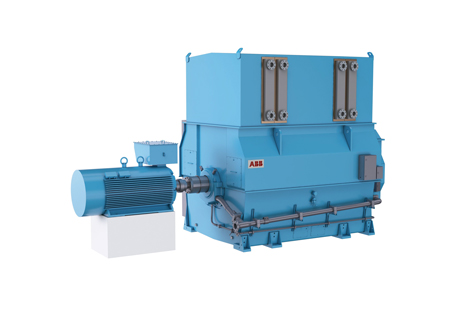 Resurgent Technology Can Maintain Grid Stability in the Renewable Era
Resurgent Technology Can Maintain Grid Stability in the Renewable Era
Renewables are taking over, but they are shaking up grid stability. As fossil fuel plants shut down, we are also losing the vital inertia they provide. The result? A hidden engineering challenge that undermines the reliability of clean power.
By Kristina Carlquist, Head of Synchronous Condenser Product Line, ABB Large Motors and Generators, Sweden
- Category: Articles
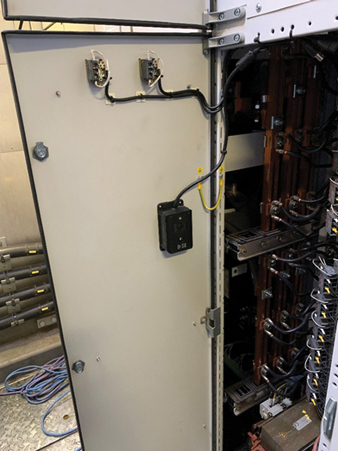 The Role of Continuous Thermal Imaging in Detecting Faults and Reducing Risks
The Role of Continuous Thermal Imaging in Detecting Faults and Reducing Risks
Wind turbines are a critical pillar of renewable energy production, yet they routinely encounter significant operational risks, including overheating, electrical fires, and arc-flash incidents within their nacelle environments. These issues not only threaten the reliability of energy output, they also endanger maintenance personnel, increase operational costs, and contribute to lengthy downtime. Traditional methods of diagnosing these hazards, while long relied upon, are often dangerous, inefficient and prone to data inaccuracies. In response to these persistent challenges, Puget Sound Energy transitioned from conventional diagnostic methods to an advanced, fixed, bispectral infrared camera solution, fundamentally transforming its approach to wind turbine maintenance. This article explores how the adoption of this technology resulted in substantial improvements in technician safety, operational efficiency, real-time diagnostics, and proactive failure prevention, ultimately reshaping best practices for wind energy infrastructure maintenance.
By Troy Goss, Project Manager, Sytis, USA
- Category: Articles
Load Reduction and Anchor Sharing for Floating Wind Farms
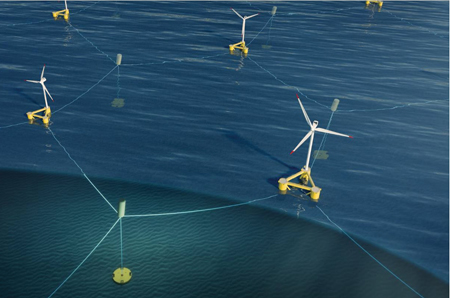 Honeymooring is a grid solution for sustainable planning of floating wind farms. It is cost-effective, environmentally friendly, and enables coexistence with other ocean users. This article describes the technical principles and components of the system and reflects on the developments needed to industrialise it.
Honeymooring is a grid solution for sustainable planning of floating wind farms. It is cost-effective, environmentally friendly, and enables coexistence with other ocean users. This article describes the technical principles and components of the system and reflects on the developments needed to industrialise it.
By Kasper Sandal, Engineering Specialist, Semar, Norway
- Category: Articles
![Figure 1. Example application of super-resolution models in natural image enhancement (source: [1]) Veer Fig1 new](/images/stories/Features/2025Features/MarchApril25Images/Veer-Fig1-new.jpg)
Turning Blurry Wind Data into Crystal-Clear Insights
Deep learning has been a game changer in many industries, from autonomous vehicles to natural language processing. Now, this powerful technology is making waves in the renewable energy sector, specifically in the creation of high-resolution wind resource maps using super-resolution models. These maps are vital for wind farm developers to optimise turbine placement and accurately estimate energy production.
By Mike Optis, Veer Renewables, and Jacob Schnell, University of Waterloo, Canada
- Category: Articles
Utilising Bi-Wave Ultrasonics and Machine Learning
Maintaining bolt preload is critical to ensure the structural integrity of a wind turbine. Current non-destructive testing approaches for estimating bolt tension, such as ultrasonic elongation measurements, are impractical on a large scale for new and in situ bolts. However, the limitations of elongation measurement techniques (untensioned baseline measurements, compounding errors from material and environmental variation, and complex calibrations) can be overcome by combining bi-wave ultrasonics technology and machine learning.
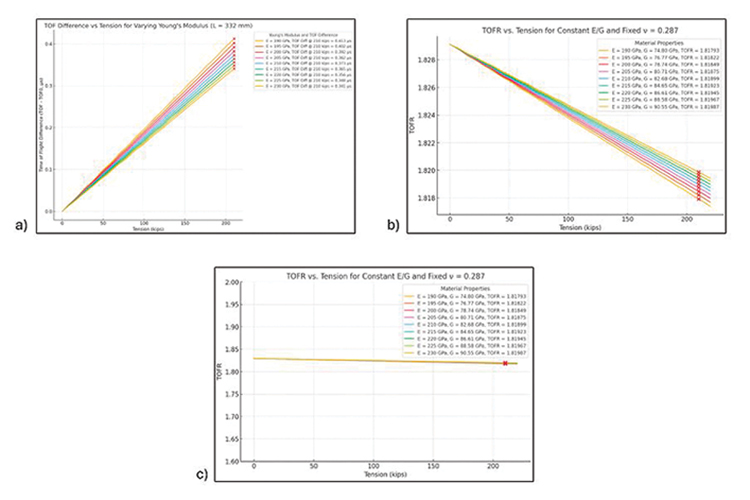
By Joshua Scott, Director of Research and Innovation, Predictant, USA
- Category: Articles
 New Study Shows Dramatic Reduction at Canadian Wind Energy Projects
New Study Shows Dramatic Reduction at Canadian Wind Energy Projects
Wind energy is critical to a sustainable future for our planet. While the benefits of this energy source are numerous, one unintended consequence of the transition to wind energy is the impact wind turbines have on bats. Bats are remarkably important animals that have far-reaching ecological and economic impacts. As factors such as habitat loss and disease have led to rapid declines in bat populations, it is critical to address the additional risks from wind turbines.
By Brittany Good, Senior Marketing Specialist, NRG Systems, USA
Windtech International wants to make your visit to our website as pleasant as possible. That is why we place cookies on your computer that remember your preferences. With anonymous information about your site use you also help us to improve the website. Of course we will ask for your permission first. Click Accept to use all functions of the Windtech International website.



